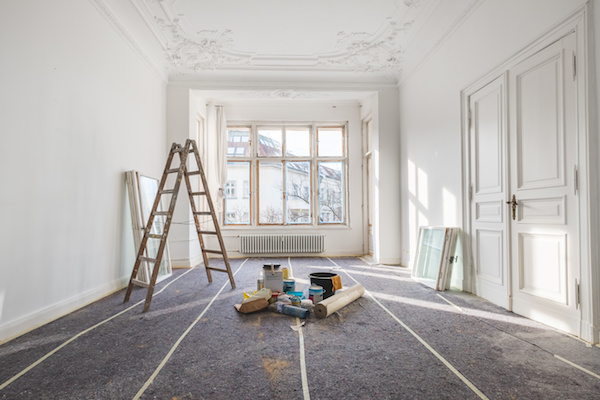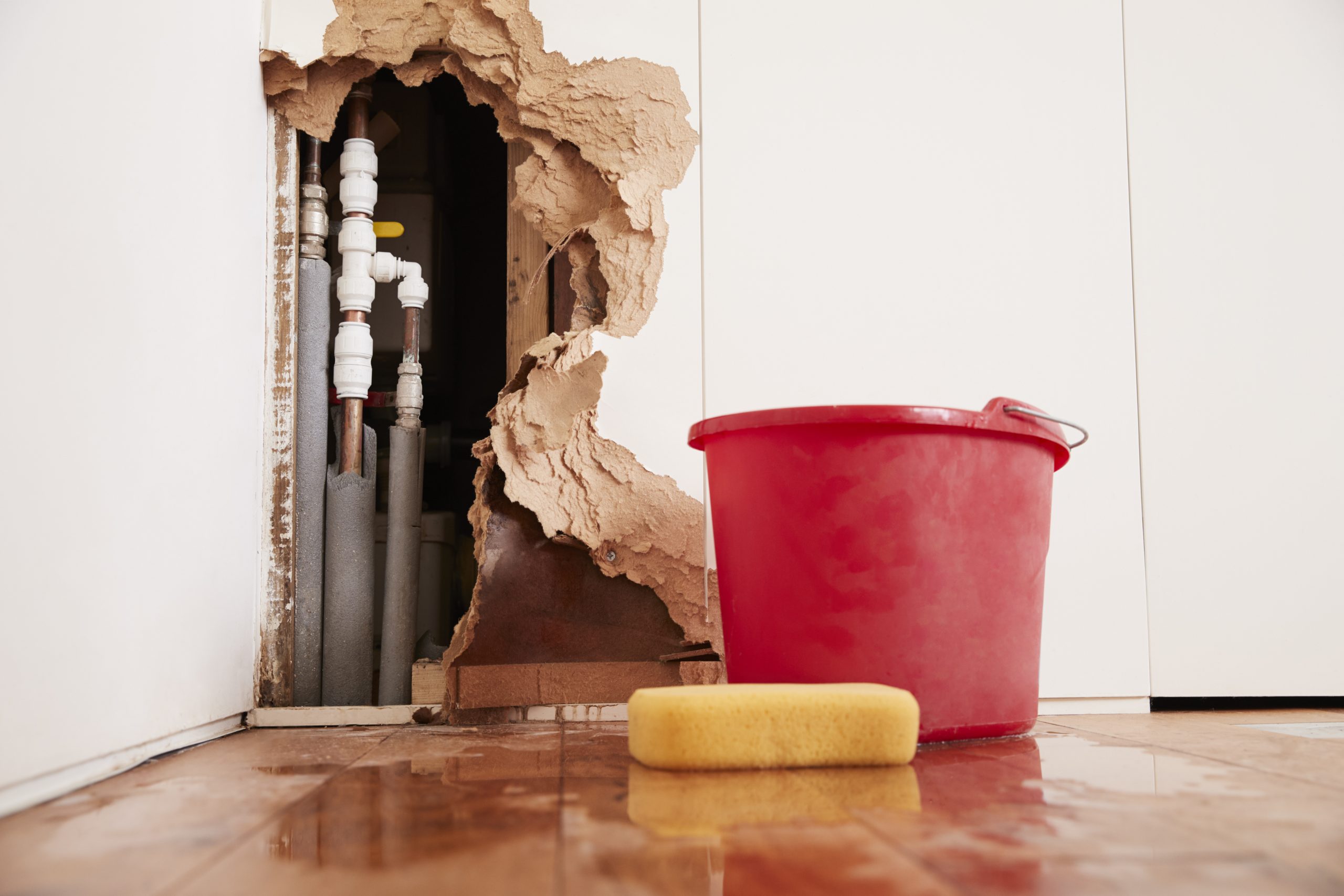Emergency Situation Water Damages Remediation: Swift Reaction to Lessen Further Damage
What precisely does emergency situation water damages reconstruction require? By recognizing the urgency and detailed nature of this procedure, you will acquire beneficial insights right into just how specialists tackle emergency situation water damage, ensuring a swift and efficient reaction.
Relevance of Swift Action
Swift response is of utmost significance in water damages reconstruction to minimize more damages and alleviate potential threats. When water damage takes place, whether due to a ruptured pipe, a natural calamity, or any kind of other unanticipated occasion, time is important. The longer water sits in a building, the even more damage it can cause. This is why it is crucial to act promptly and effectively to remove the water and begin the repair process.
One of the major factors quick response is vital in water damage repair is to stop the development of mold and mold. Mold not only creates further damages to the framework of the building however additionally positions wellness threats to residents.
Water damage can be ruining, specifically when it influences individual products of financial or emotional value. Performing promptly enables professionals to assess the damages and carry out suitable restoration strategies to recover as much as possible.
Examining the Extent of Damages

Throughout the evaluation, remediation specialists thoroughly examine the afflicted area to identify visible signs of damage, such as water stains, distorted materials, and mold growth. They likewise utilize specific devices to find surprise damages, such as dampness meters and thermal imaging electronic cameras. This thorough analysis permits them to precisely identify the degree of the damage and establish a tailored remediation plan.
Evaluating the extent of water damage is essential due to the fact that it aids specialists prioritize their initiatives. They can identify locations that call for immediate attention, such as standing water removal and drying out, to avoid further damages and lessen the danger of mold and mildew development. They can additionally figure out the areas that require repair work or substitute, making certain that no damages goes unnoticed or untreated.

Water Removal and Drying Refine
The water removal and drying process is a crucial step in water damages restoration, as it includes the elimination of excess water and the thorough drying out of the damaged area to protect against additional damages and alleviate the threat of mold development. After assessing the degree of the water damages, the next step is to remove the water from the affected location.
When the excess water has been removed, the drying process starts. This action is important in protecting against secondary damage, such as architectural damages and the development of mold and mold. High-powered fans and dehumidifiers are used to distribute air and eliminate wetness from the air and surface areas. The drying process might take numerous days, depending on the degree of the water damage and the products entailed.
It is crucial to make certain that the damaged location is entirely dry prior to waging any kind of repairs or repair. Failure to extensively dry out the location can bring about long-term problems, including weakened frameworks, stuffy smells, and the development of mold and mildew. Professional water damage restoration business utilize dampness discovery equipment to ensure that the damaged area is entirely dry prior to continuing to the following action.
Mold Prevention and Removal
Effective mold prevention and remediation are critical in water damage remediation to ensure the safety and security and stability of the affected area. leak detection philadelphia. When water damage occurs, whether from a ruptured pipe, flooding, or a dripping roofing system, it creates a perfect setting for mold and mildew growth. Mold can start to create within 24 to two days after water damage, and if left without treatment, it can spread rapidly and create major health and wellness threats
To stop mold and mildew development, it is essential to address water damages quickly. The first action is to determine and fix the resource of the water look what i found invasion. When the source is taken care of, the affected area ought to be thoroughly dried to stop dampness from sticking around. This might entail making use of dehumidifiers, air moving companies, and various other specialized tools to remove excess dampness from the air and surface areas.
In instances where mold and mildew growth has already happened, removal is required to get rid of the mold and mildew and avoid its return. This entails the mindful elimination and disposal of affected products, such as drywall or carpet, to make certain that all traces of mold are eradicated. It is necessary to note that mold and mildew remediation should be performed by experts that have the necessary training and tools to safely remove and handle mold.
Restoring the Affected Area

Firstly, it is important to thoroughly dry the location to avoid any kind of more damages and to prevent the development of mold and mildew. This may involve the usage of specialized drying equipment, such as dehumidifiers and industrial-grade followers, to get rid of all dampness from the afflicted surface areas.
When the location is entirely dry, the remediation process can start. This might entail repairing or changing harmed structural components, such as flooring, ceiling, or drywall tiles. It is very important to attend to any type of underlying issues that may have created the water damages, such as dripping pipelines or malfunctioning plumbing, to stop future occurrences.
Furthermore, recovering the affected location may likewise consist of repainting wall site web surfaces, replacing harmed components, and extensively cleaning and disinfecting the room. This makes certain that not just is the location structurally sound, however it is also cosmetically pleasing and risk-free for tenancy.
Conclusion
Analyzing the degree of damage allows for effective water removal and drying out procedures to be executed. Overall, prompt activity and comprehensive repair actions are essential to minimizing the unfavorable effects of water damage.
Swift action is of utmost value in water damage repair to minimize additional damages and alleviate possible risks.During the analysis, remediation experts extensively take a look at the afflicted location to determine visible indications of damage, such as water discolorations, distorted products, and mold and mildew growth.The water removal and drying process is an essential action in water damages remediation, as it involves the removal of excess water and the comprehensive drying out of the damaged area to avoid further damage and mitigate the threat of mold and mildew growth. After assessing the degree of the water damages, the next step company website is to remove the water from the damaged location.Efficient mold avoidance and remediation are important in water damages repair to make sure the safety and security and integrity of the afflicted location.